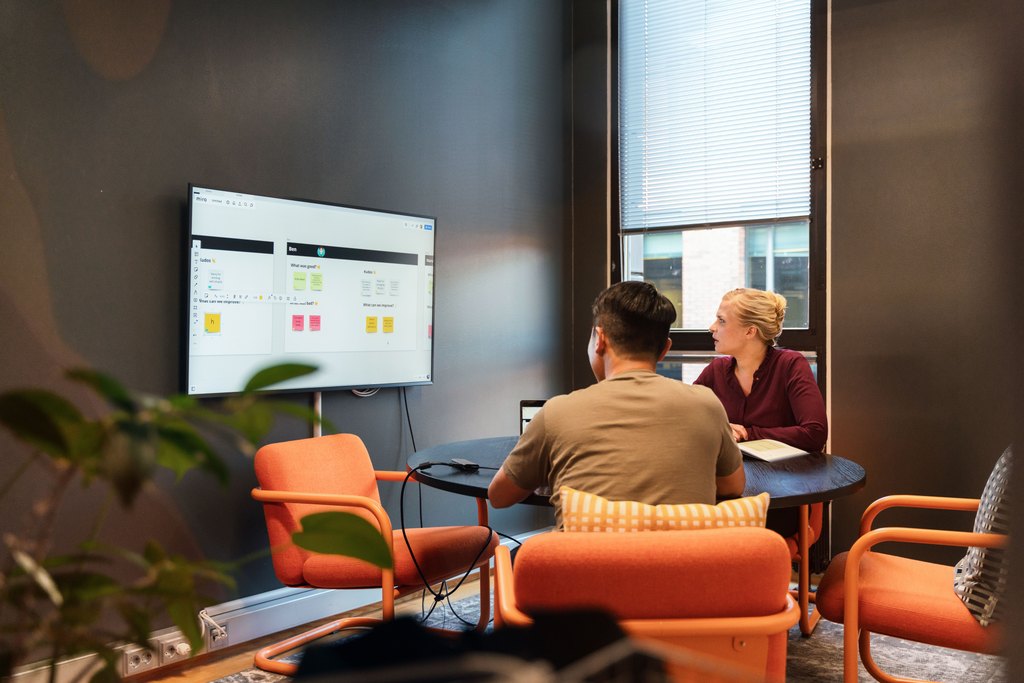Citizens’ expectations for digital services are constantly growing which puts pressure on municipalities and cities. Gofore implemented a service for the City of Tampere based on Espoo’s eVaka system, which brings early childhood education transactions to one place. The system, based on open source code, eliminates duplicate development work and lives up to the changing needs of the city and its citizens.
Despite the fact that the development utilizes existing technology, the eVaka system cannot be used in different cities as is. Gofore’s task was to adapt the core of Espoo’s solution to Tampere’s operating environment. Prior to the development work, the weaknesses and strengths of the existing systems and the needs of the users were clarified, among other things.
“The most important thing is to develop the customer experience from the point of view of both administration users and parents. Gofore has been a great help in this,” says Arto Kahila, Information Management Director of the City of Tampere.
In Tampere, eVaka replaces the previously used Effica and Päikky services. Evaka’s solution is scalable and based on open source, which enables cost-effective municipality-specific customizations. The solution is being built in cooperation with three other cities. All cities use the same application, but their own AWS cloud environment.



